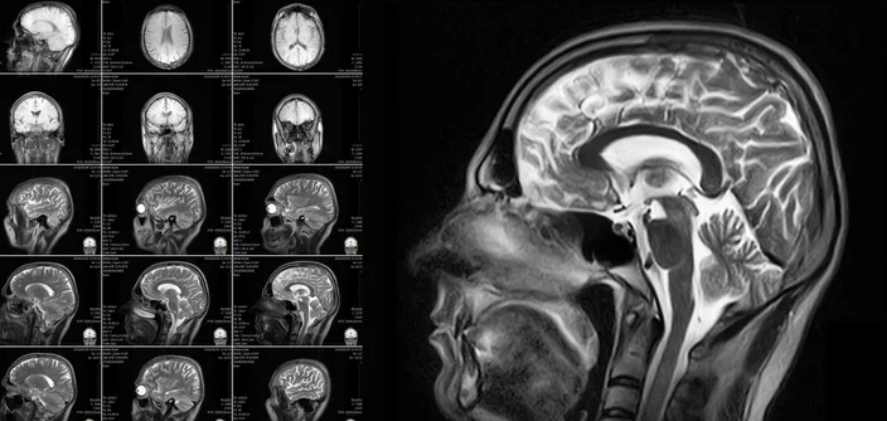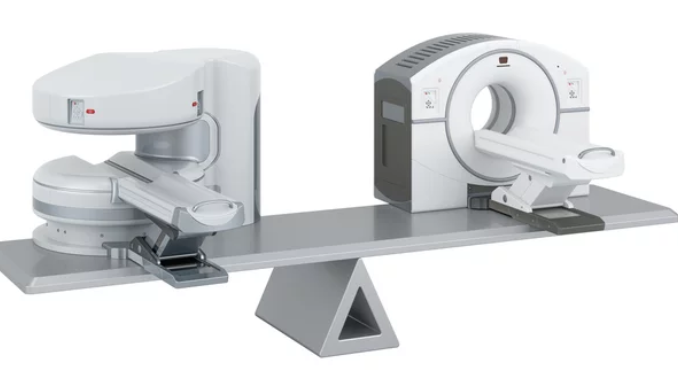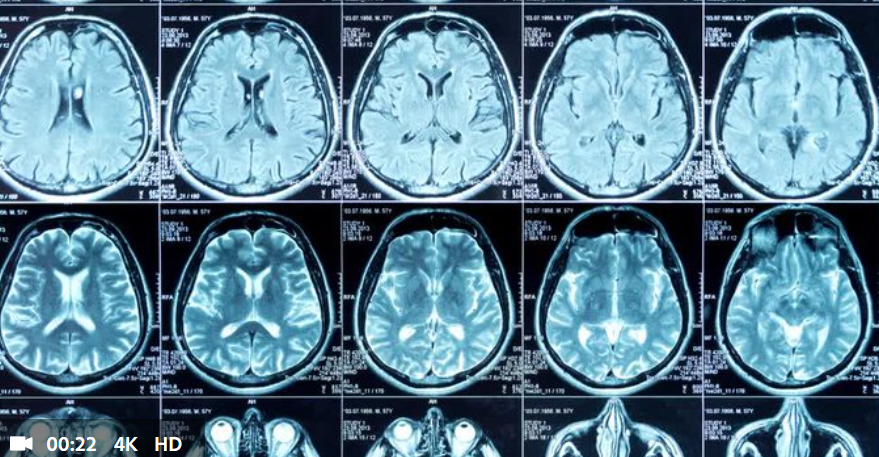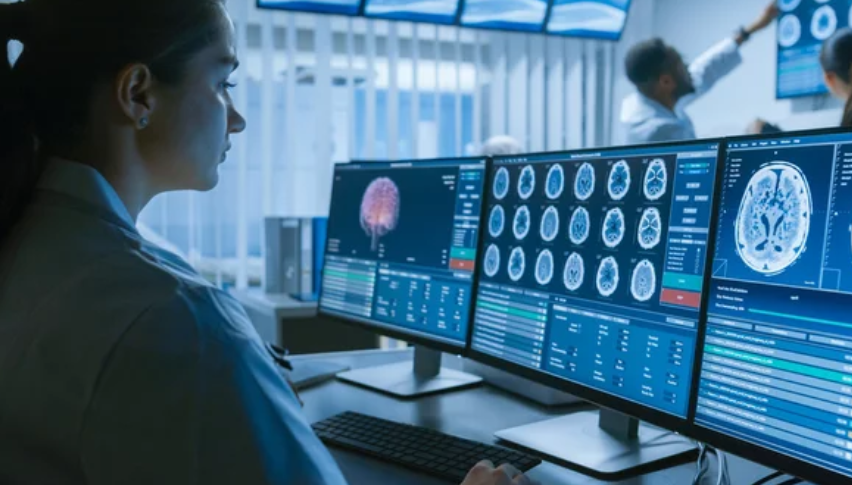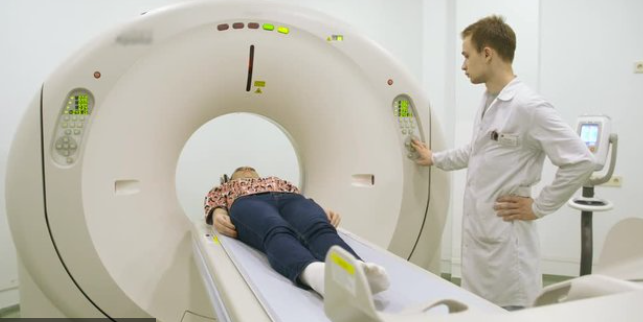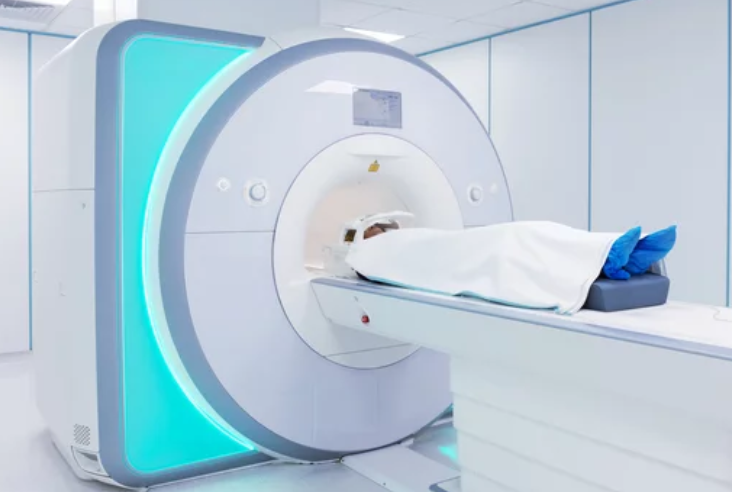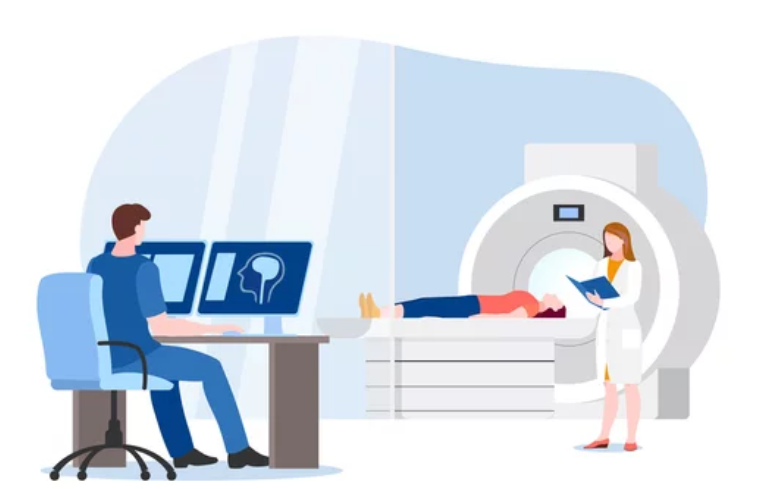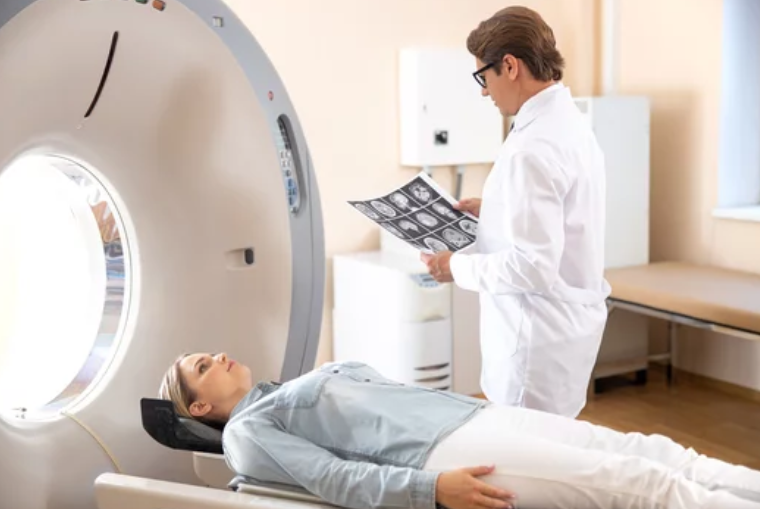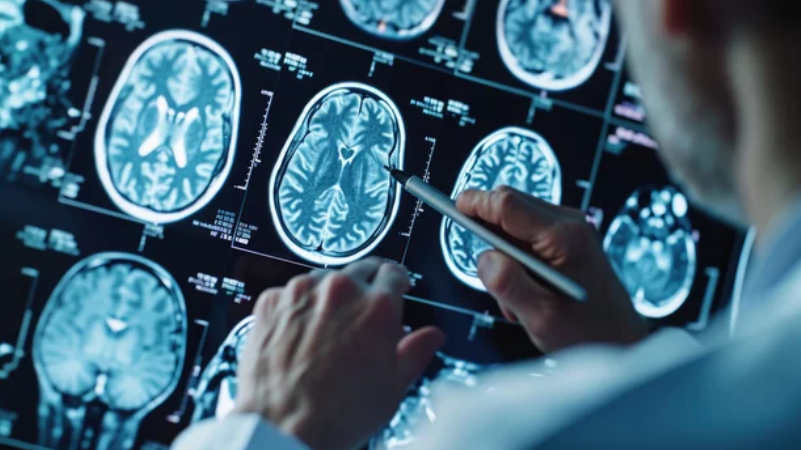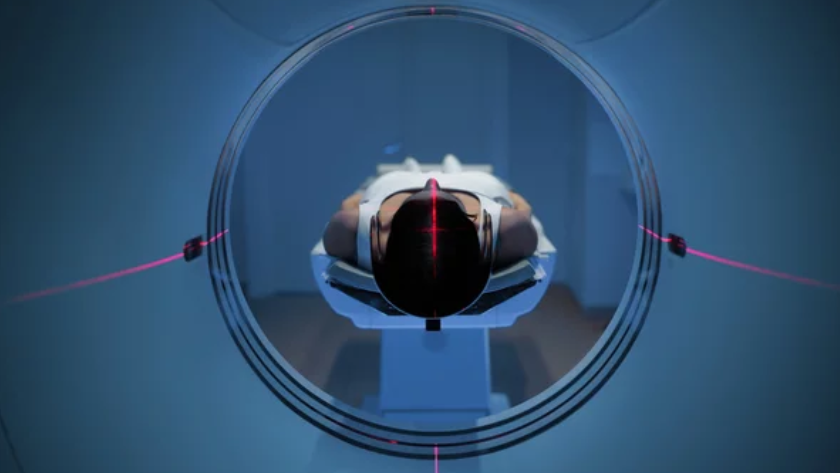Magnetic Resonance Imaging (MRI) is widely used for diagnostic purposes, renowned for its safety profile due to the absence of ionizing radiation. However, concerns have occasionally arisen regarding whether MRI could potentially increase cancer risk. This review critically examines the …
 Bornupdates
Bornupdates
MRI in Cancer Diagnosis: Risk Versus Reward
Magnetic Resonance Imaging (MRI) plays a crucial role in the detection, staging, and monitoring of various cancers. Its ability to produce detailed images without ionizing radiation makes it an attractive diagnostic tool. However, understanding the balance between its benefits and …
What Patients Should Know About MRI and Cancer
Magnetic Resonance Imaging (MRI) is a common and valuable medical imaging technique used to diagnose a wide range of health conditions. Many patients wonder if MRI scans could increase their risk of developing cancer. Here’s what you need to know.…
MRI Safety Standards and Cancer Prevention
Magnetic Resonance Imaging (MRI) is a vital diagnostic tool valued for its safety profile, particularly due to its lack of ionizing radiation. However, adherence to safety standards is essential to ensure patient and staff safety, prevent adverse effects, and uphold …
Evaluating Cancer Risk in Repeated MRI Scans
Magnetic Resonance Imaging (MRI) is a non-invasive diagnostic technique that uses magnetic fields and radio waves to produce detailed images of internal tissues. Unlike X-rays and CT scans, MRI does not involve ionizing radiation, which is a primary concern for …
MRI Contrast Agents and Cancer: What Is Known So Far
Magnetic Resonance Imaging (MRI) often utilizes contrast agents to improve image clarity and diagnostic accuracy. Among these, gadolinium-based contrast agents (GBCAs) are the most commonly used. Over recent years, concerns have arisen regarding the potential link between these agents and …
Exploring Long-Term Health Effects of MRI Use
Magnetic Resonance Imaging (MRI) is a cornerstone of modern medical diagnostics, known for its detailed images and lack of ionizing radiation. As MRI usage becomes increasingly common, questions about its long-term health effects have emerged. This overview examines what current …
MRI vs. Radiation-Based Imaging: Key Safety Differences
Medical imaging techniques are vital for accurate diagnosis and treatment. The two main categories are MRI (Magnetic Resonance Imaging) and radiation-based imaging such as X-ray and Computed Tomography (CT) scans. Understanding their safety profiles is essential for making informed healthcare …
Do MRI Scans Increase Cancer Risk? Current Findings
Magnetic Resonance Imaging (MRI) is widely regarded as a safe imaging modality due to its use of magnetic fields and radiofrequency (RF) energy rather than ionizing radiation. However, questions about potential long-term cancer risks associated with MRI scans have persisted. …
The Physics of MRI and Its Biological Effects
Magnetic Resonance Imaging (MRI) is a powerful diagnostic tool that relies on complex physical principles to generate detailed images of the body’s internal structures. Understanding the physics behind MRI helps clarify its safety profile and dispels misconceptions about its biological …
